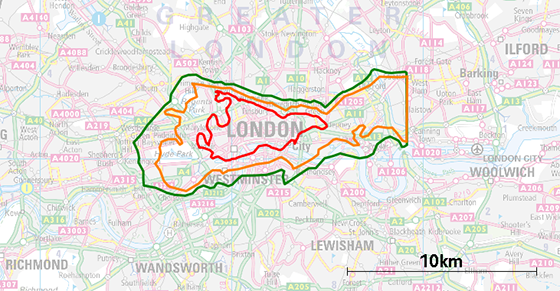
Hurricane Energy today said new testing had cast its previous resource estimates as “conservative”.
The firm is a UK based oil and gas company focused on hydrocarbon resources in naturally fractured basement reservoirs. Technical analysis was carried out for its Lancaster, Lincoln and Warwick prospects located west of Shetland.
It found the Lincoln discovery to be a separate hydrocarbon accumulation to Lancaster, separated by the Brynhild fault. Warwick is now believed to be part of large basement feature comprising Lincoln and Warwick.
This revised interpretation is based on the integration of wireline sample oil analysis, wireline logs, gas chromatography data, sidewall cores and the integration of Lancaster pressure and fluid data.
A company statement read: “As such, the company believes that its previous management resource guidance for the Lancaster field being in excess of 300 million barrels is conservative; and that the forthcoming CPR on the Lancaster field will result in a material uplift in Contingent Resources as well as the anticipated reserves associated with the planned early production system.”
Hurricane previously reported a flow rate of at least 14,500 STB/day in the Lancaster 205/21a-7Z well which has now been refined to a maximum stable rate of 15,375 STB/day.
Chief executive Robert Trice added “The updated data from the Lancaster 7 and 7Z wells reinforce our belief that the Lancaster field is substantial. The Lancaster CPR due at the end of Q1 2017 will quantify the resources ahead of FID for the Early Production System due at the end of H1 2017.
“We are delighted by the result of the Lincoln Well and that the Brynhild fault separates the Lincoln/Warwick single accumulation from Lancaster and Halifax.
“We now await the results of the Halifax Well which is designed to evaluate our exploration model which describes Lancaster and Halifax as a single hydrocarbon accumulation.”